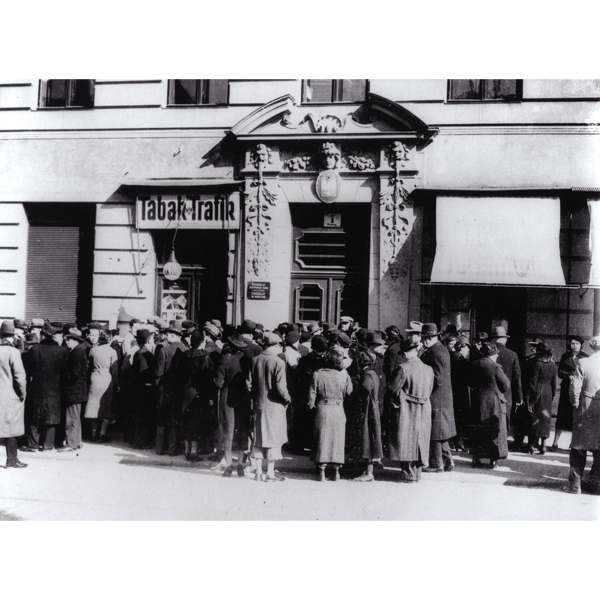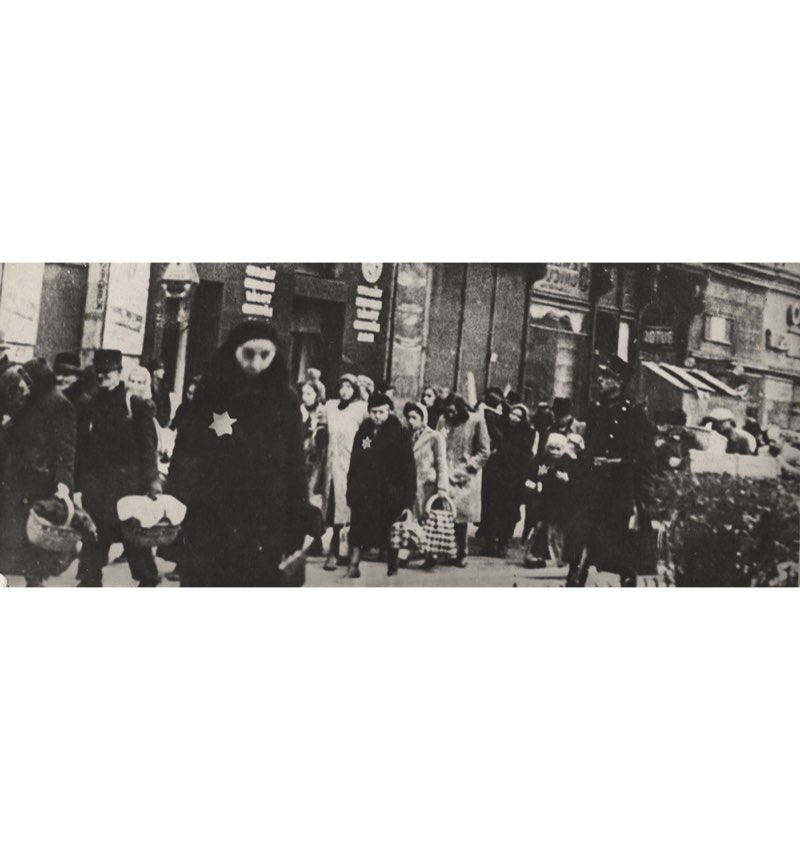
February 8th to May 8th, 2022
DIPLOMATS, WITNESSES TO THE PERSECUTION OF THE JEWS

In the 1930s, an ambassadorship was a prized position in Berlin, with its intense, glittering social whirl of tea parties, dinners, receptions and lavish balls. Women like Elisabetta Cerruti, the Italian ambassador’s wife, played a prominent role in this world.
Rumors and gossip circulated widely while ambassadors jostled each other to gain access to Nazi officials and obtain first-hand information. Personal fortunes and connections were decisive. The choice of men was difficult because of the great challenges posed by the new regime, including keeping the peace in Europe.
Seasoned german-speaking diplomats were necessary to deal with an ideology that was likely to outrage as well as fascinate them.
DIPLOMATS AND THE HOLOCAUST: BETWEEN PROTECTION, INDIFFERENCE AND COLLABORATION (LATE 1941-1945)

During the war, the belligerents broke off their diplomatic relations and closed their legations.
Only diplomats from the traditionally neutral countries (Switzerland, the Vatican, Sweden, Spain, Portugal and, until December 1941, the United States), Vichy France and the Axis allies (Italy, Romania, Bulgaria and Hungary) remained at their posts in Nazi-occupied Europe.
They either abandoned their Jewish citizens to their fate or protected them in the name of national sovereignty. This is what happened in Romania, where the plenipotentiary minister shielded French Jews and their businesses from Aryanization.
Some diplomats passed on information about the killings underway and tried to save Jews, while others kept a low profile, remained unmoved or accommodated themselves to the Holocaust.
DISCOVER THE SECOND PART OF THE EXHIBITION
Photo: Jews leaving for the Budapest Ghetto, November 1944
© Mémorial de la Shoah
RUPTURES AND CONTINUITIES: A POST-WAR CLASH

The role of diplomats in the Holocaust was discussed as early as 1945, including by the prosecution in the Nuremberg trials held from 1946 onwards.
Of the Wannsee Conference protocol’s 30 copies, only that of the foreign ministry’s representative, Martin Luther, has been found. Other trials of German diplomats took place until the 1970s, but the sentences were light. In France, a purge commission examined the attitude of the country’s diplomats towards the “Jewish question”. Yad Vashem, the Holocaust memorial created in Jerusalem in 1953, has named famous, forgotten or rediscovered diplomats, including Wallenberg, Sousa Mendes and Sugihara, Righteous Among the Nations.
These commemorative actions have become central in the history of the Holocaust.
DISCOVER THE THIRD PART OF THE EXHIBITION
Photo: Signature of the Luxembourg Agreement between the FRG, Israel and the Conference on Jewish Material Claims Against Germany, Luxembourg, September 10, 1952
© USHMM/Courtesy of Benjamin Ferencz